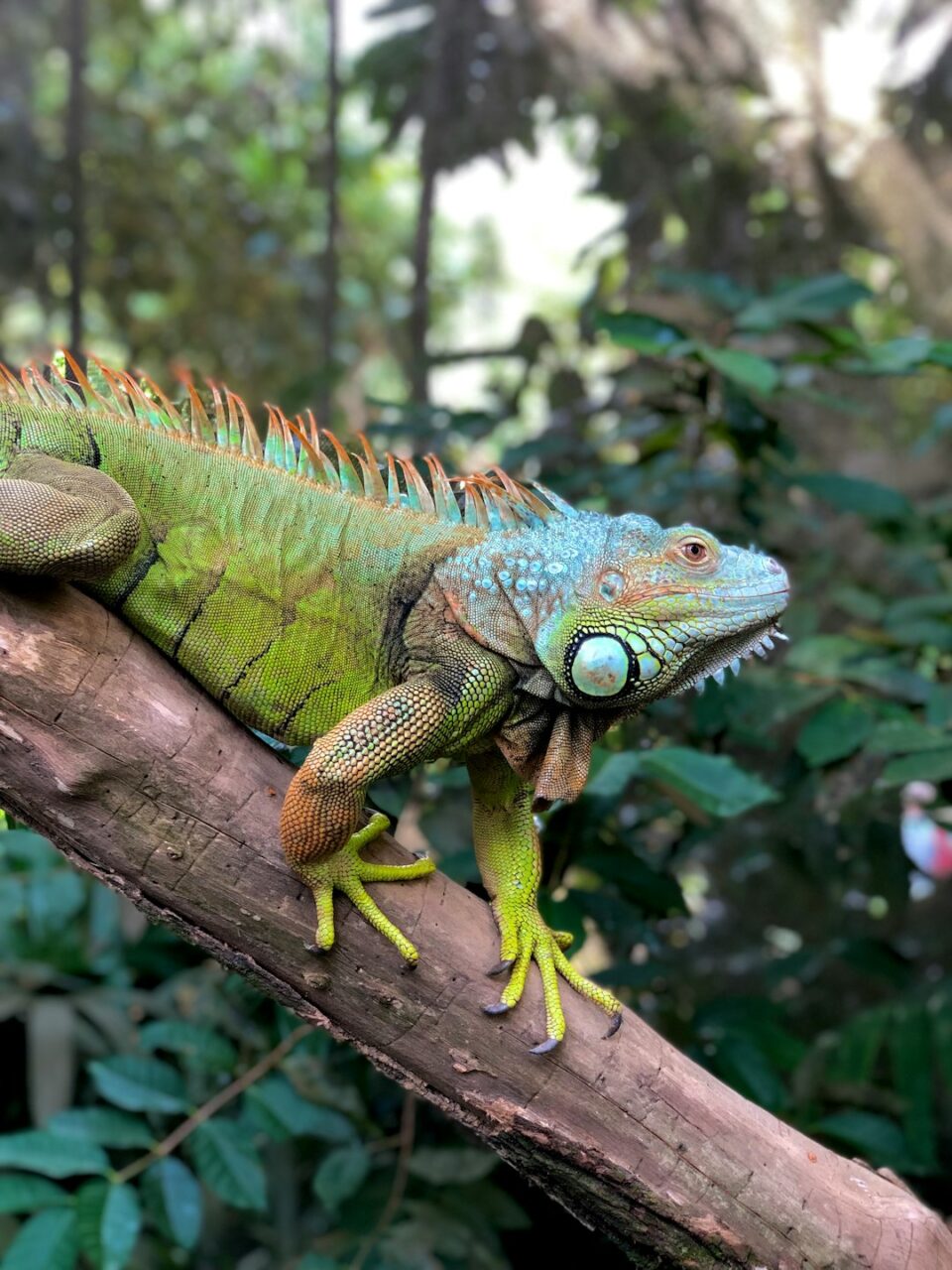Animal-Assisted Therapy: How Animals Can Heal Humans
Animals have been humans’ companions for centuries, providing love, support, and companionship. However, recent studies have shown that animals can also play a significant role in therapy, aiding in the healing process of individuals suffering from physical, emotional, and mental health challenges. This form of therapy, known as animal-assisted therapy (AAT), has gained recognition and popularity in recent years, thanks to its remarkable benefits.
AAT involves using animals, primarily dogs, cats, horses, and various other species, to assist individuals in achieving specific therapeutic goals. These goals can range from reducing anxiety and depression to improving motor skills and enhancing overall mental well-being. Through structured therapy sessions, animals are introduced to patients, engaging them in various activities that rely on the human-animal bond.
One of the evident benefits of AAT is its positive impact on mental health. It has been observed that spending time with animals releases endorphins and reduces levels of stress-related hormones such as cortisol, leading to enhanced mood and decreased anxiety. Simply petting an animal can trigger the release of oxytocin, a “feel-good” hormone that promotes relaxation and well-being. Moreover, animals provide a non-judgmental and unconditional presence, comforting individuals and fostering emotional connections.
AAT is particularly beneficial for children with developmental disorders such as autism. Interactions with animals have been shown to improve social skills, increase communication, and decrease problematic behaviors in these children. Animals can create a safe and non-threatening environment for children, encouraging them to explore and engage in interactions they may otherwise find challenging. Furthermore, animals can act as motivators, making therapy more enjoyable and stimulating for children.
In addition to its mental health benefits, AAT also contributes to physical healing. For instance, equine-assisted therapy has proven effective in helping individuals with physical disabilities improve balance, coordination, and overall strength. Horseback riding stimulates core muscles and encourages proper posture, making it an excellent therapy option for those with physical impairments. Similarly, interacting with dogs during rehabilitation can improve motor skills and coordination in individuals recovering from strokes or other physical injuries.
Animal-assisted therapy has also shown promising results in alleviating symptoms of Alzheimer’s disease and dementia. Spending time with animals can reduce agitation, improve memory, and increase overall happiness in these patients. Animals tap into deep emotional memories and provide a familiar bond that can stimulate engagement and bring comfort to individuals facing cognitive decline.
In conclusion, animal-assisted therapy has emerged as a remarkable therapeutic approach, offering a unique and dynamic way for humans to heal. With their unwavering loyalty and affection, animals have the power to create a positive change in individuals’ lives, providing comfort, support, and healing. Whether it’s reducing anxiety, improving social skills, or aiding physical recovery, animals have proven to be incredible healers. As the field of AAT continues to grow, it is essential to recognize and harness the strength of the human-animal bond for the betterment of human health and well-being.

